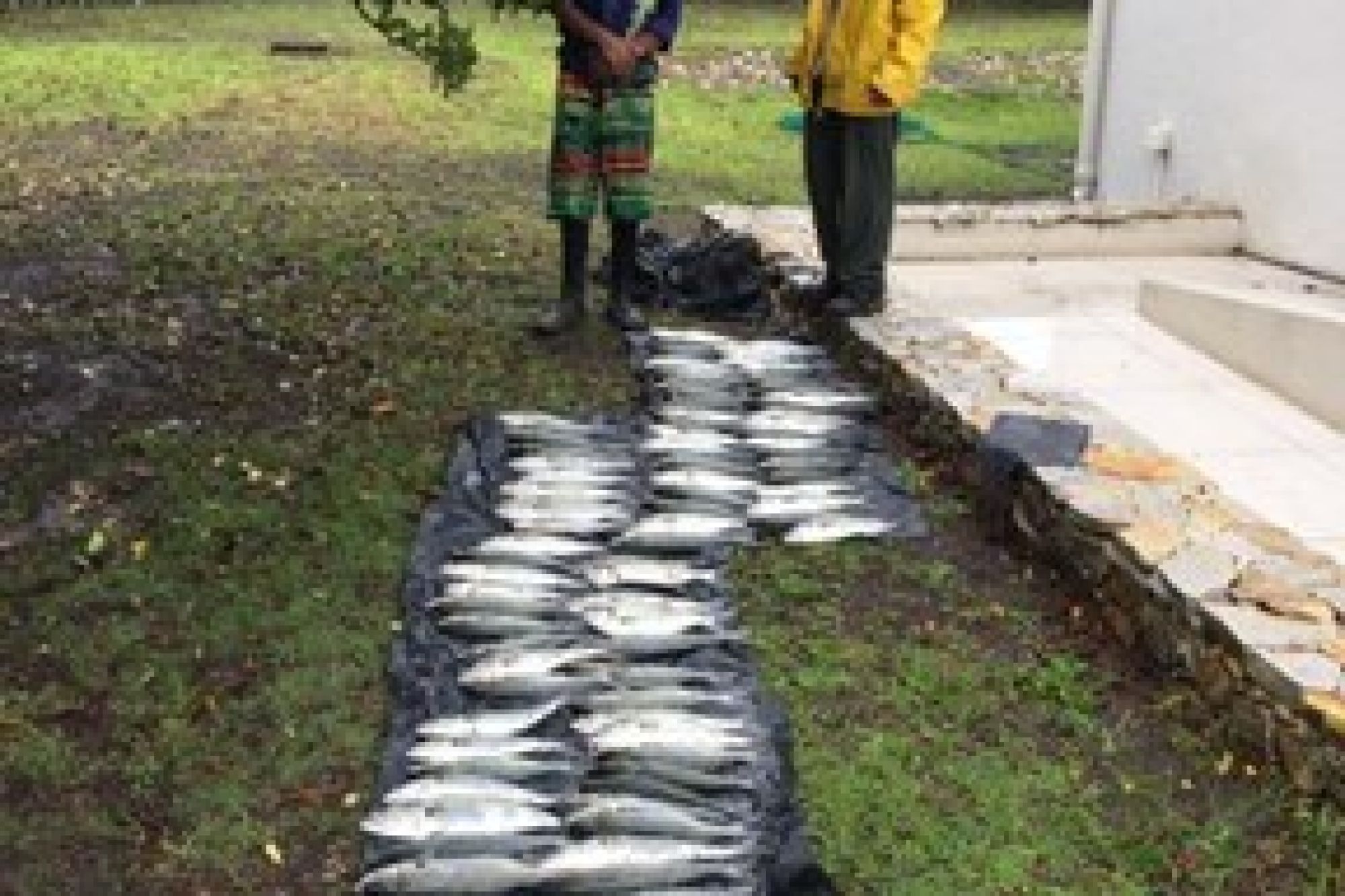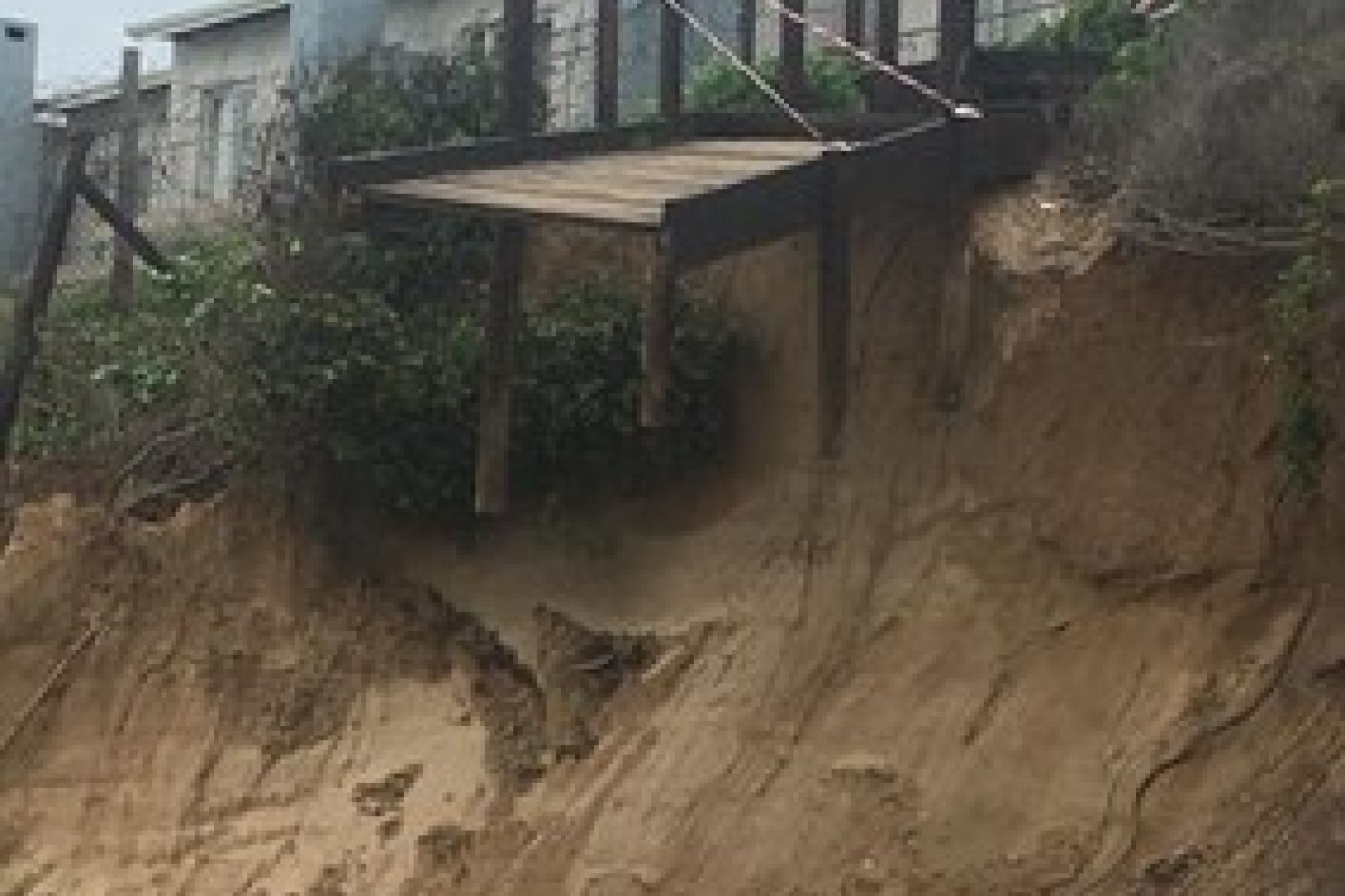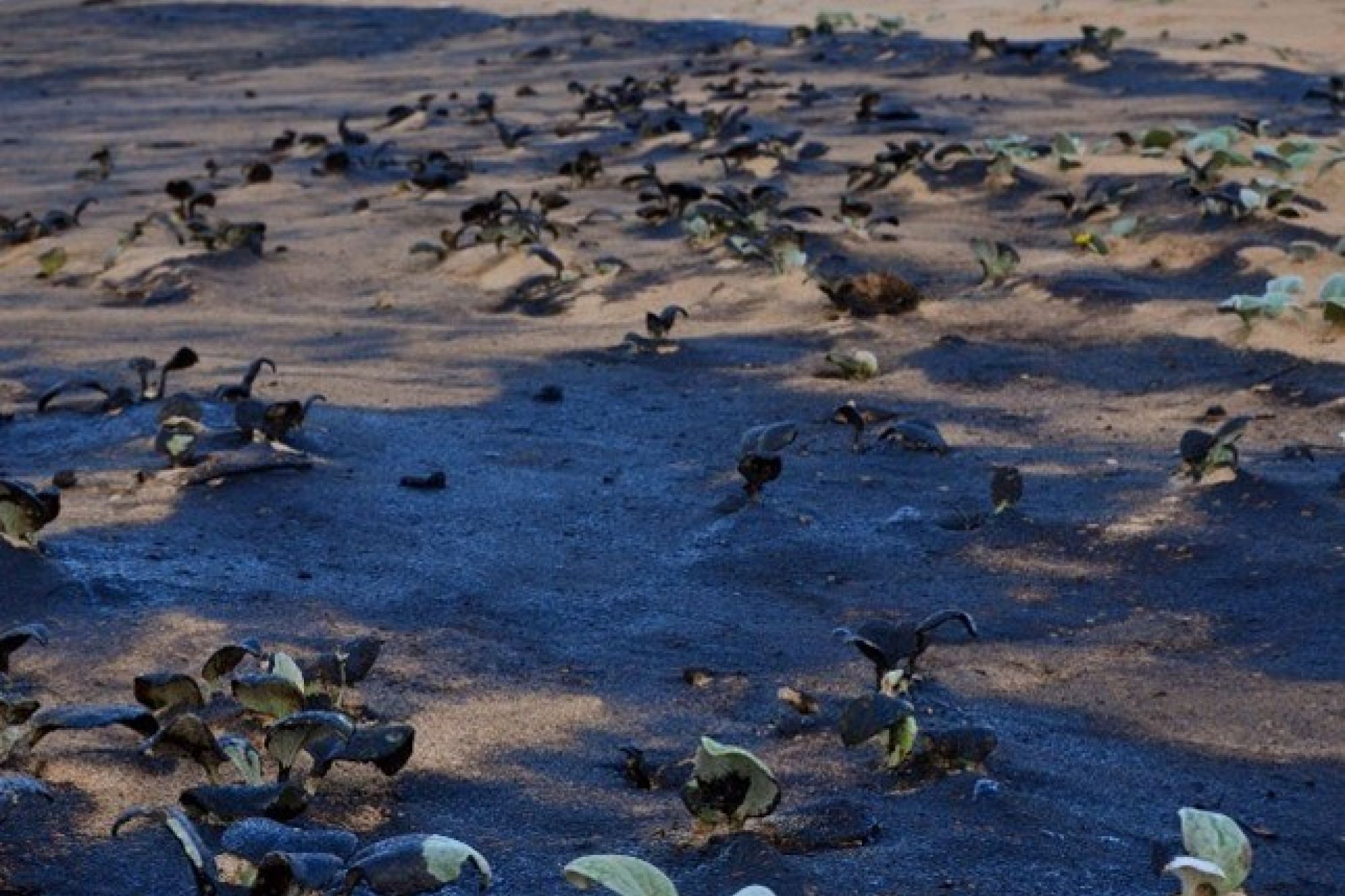
Winning hearts and minds through Marine Protected Areas
Our marine areas are teeming with life and a variety of protection measures are used to protect the ocean, such as precautionary fishery management principles (bag limits, size limits, catch limits and closed seasons) and shipping and pollution regulations. But at the heart of the protection efforts, are Marine Protected Areas (MPAs), which are demarcated areas to conserve this incredible biodiversity. MPAs can form critical refugia for some more resident species, which may become extinct without protection. All species and ecosystems form part of the overall functioning marine ecosystem and its ability to sustain direct and indirect use. The need to conserve MPAs is based on scientific evidence as well as frequent public engagement and participation in active protection of these areas.
MPAs are faced with numerous threats such as:
- Pollution – land-based sewerage spills, marine oil spills, plastic pollution, “ghost” fishing gear which continues to fish even after being lost by the fisherman(nets)
- Overfishing – both legal and illegal fishing activities
- Climate Change – impacts like rising sea temperatures and ocean acidification; extreme weather events create additional problems such as coastal erosion
- Invasive alien species – establish from shipping related movements and threaten indigenous species
- Unregulated tourism – impacting on species and areas
- Mining – technology advancements have improved deep-sea mining, which poses environmental impacts, such as habitat destruction and species loss. Sand is also mined from beaches, inland dunes and dredged from ocean beds and riverbeds.
The DFFE SA fishery stock assessments of 2023 show:
- Abalone – heavily depleted
- KwaZulu-Natal crustaceans - depleted
- Linefish - 4 species - heavily depleted (Seventy-four, Dageraad, Red steenbras, Dusky kob)
- Linefish - 3 species - depleted (Silver kob, Geelbek, White stumpnose
- Netfish – heavily depleted
- Sharks – 2 species - heavily depleted (Soupfin shark, Shortfin mako
- Sharks – 4 species depleted (Yellowspotted skate, Twineye skate, Dusky shark, Puffadder shyshark
- Small pelagis fish - sardine depleted
- South Coast rock lobster – depleted
- Tunas and swordfish – depleted – heavily depleted
- West coast rock lobster – heavily depleted

Figure 1. Fishing pressures on fish stocks

Figure 2. Illegal fishing

Figure 4. Development in dune systems disrupts the sand cycle, causing erosion near MPAs.

Figure 3. Oil spills impact marine birds and mammals as well as sensitive ecosystems
MPAs, like their land-based counterparts, offer extensive benefits to both the environment and communities. They conserve biodiversity by protecting rare and endangered species and safeguard critical habitats such as spawning grounds and aggregation sites. MPAs support ecosystem resilience by minimising human impact and enabling natural ecological processes. For coastal communities, MPAs aid in fish stock recovery, promote sustainable fishing, and offer spillover benefits to nearby fisheries, while also providing coastal protection. Economically and socially, MPAs boost tourism, support education and research, conserve cultural heritage, and contribute to climate change mitigation by protecting carbon-rich habitats. Furthermore, MPA networks enhance conservation outcomes through cost-effectiveness and improved ecological connectivity.
CapeNature manages seven of the 42 MPAs in South Africa, while four nearshore islands and 13 estuaries are also managed by CapeNature. In many cases, estuaries are not MPAs, they are managed according to an approved management plan and are important coastal environments that contribute to the South African marine and coastal protected estate.
CapeNature, together with partners at the Department of Forestry, Fishery and Environment (DFFE), National Research Foundation (NRF) which includes South African Environmental Observation Network (SAEON), SA Institute for Aquatic Biodiversity (SAIAB), Nelson Mandela University (NMU), University of the Western Cape (UWC), Dyer Island Conservation Trust (DICT), South African Foundation for the Conservation of Coastal Birds (SANCCOB), and more, conduct species and habitat monitoring, and research projects within protected marine environments. The results inform management, policy makers and legislation to address the impacts from many of the threats. It is critical to understand what the impact of MPAs are in species and ecosystem conservation.
| Monitoring | Research |
|---|---|
|
Website: https://www.dffe.gov.za
|
Knowing what species and ecosystems exist within an MPA is the first step in effective management. In many cases, MPAs provide refugia for rare and high value species. These are targeted by illegal harvesting and organised crime. Therefore, it is critical for the responsible management authorities to implement planned, consistent, effective, and efficient proactive and reactive law enforcement operations to ensure that the management objectives of the MPA management plans are achieved.
Local, regional, and national partnerships, such as the Phakisa Operations, play a role in enforcing marine protection by implementing integrated operations aimed at preventing illegal activities, particularly those targeting high-value species like abalone, West Coast rock lobster, and sharks. These partnerships also support local joint actions against illegal development and destructive ecosystem activities. Technology is a key component in enhancing enforcement efforts, serving as a powerful force multiplier. Equally important is “winning people’s hearts and minds” through marketing, education, and awareness initiatives, which are essential to effective MPA management. Promoting the biodiversity economy is central to this approach, encouraging communities to recognise that the ocean’s value extends beyond extractive use. By creating an understanding and appreciation of career paths, non-extractive tourism, and sustainable opportunities, CapeNature emphasises the importance of a biodiversity economy that benefits both people and nature.
Finally, the true value of an MPA can only be understood and achieved by an innovative, motivated and management driven approach. The management team needs to understand the species, ecosystems and the people who depend on the ocean directly or indirectly for survival.
You can support MPAs by visiting them and learning about their importance, volunteering for projects like beach clean-ups or catch-and-release programmes and show your support through donations or social media engagement. Encourage others to understand and back conservation efforts that benefit the ocean, both directly and indirectly. Be mindful of how your actions, from catchment to coast, impact marine environments, and always follow the rules within MPAs and in your daily activities that affect the ocean.




